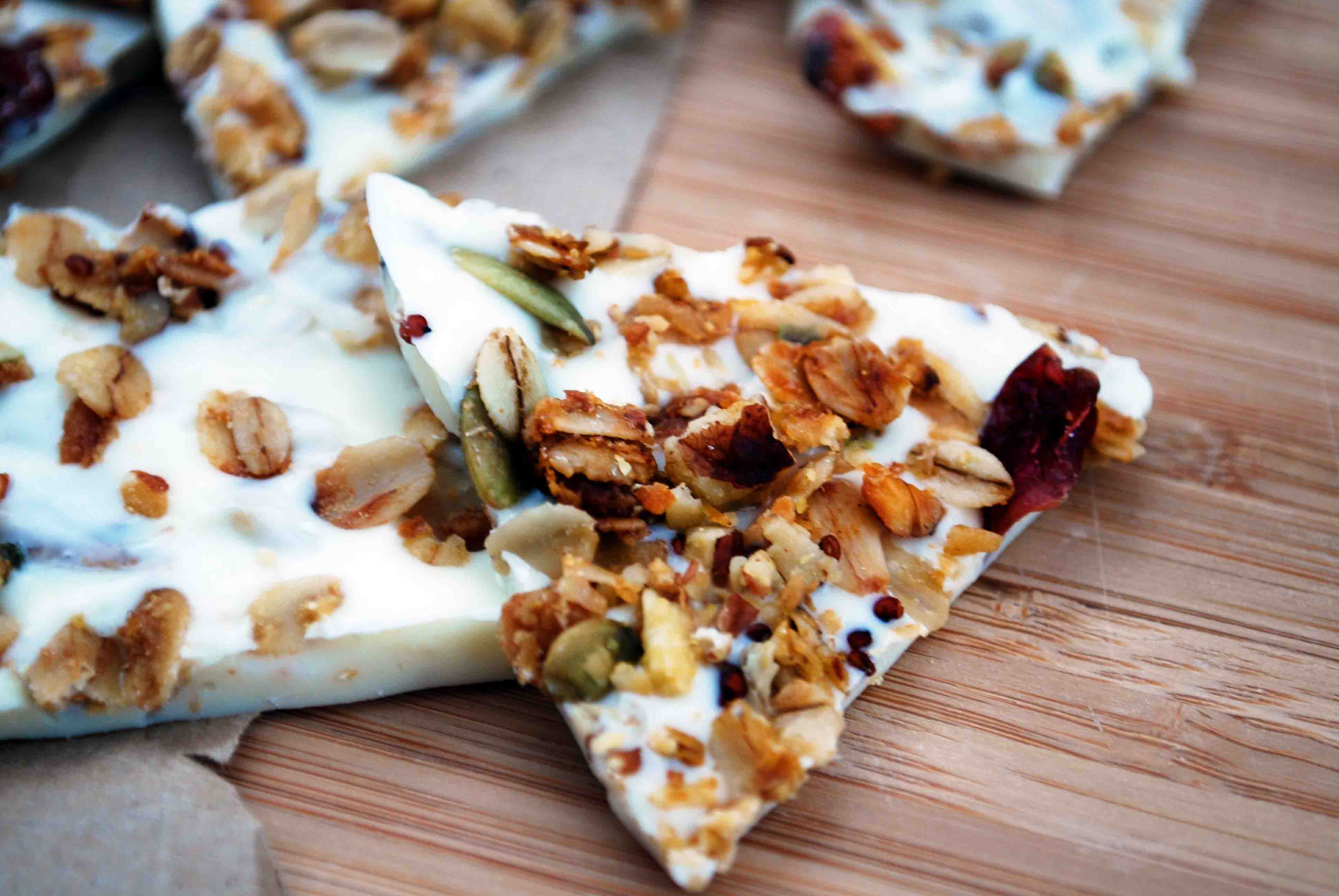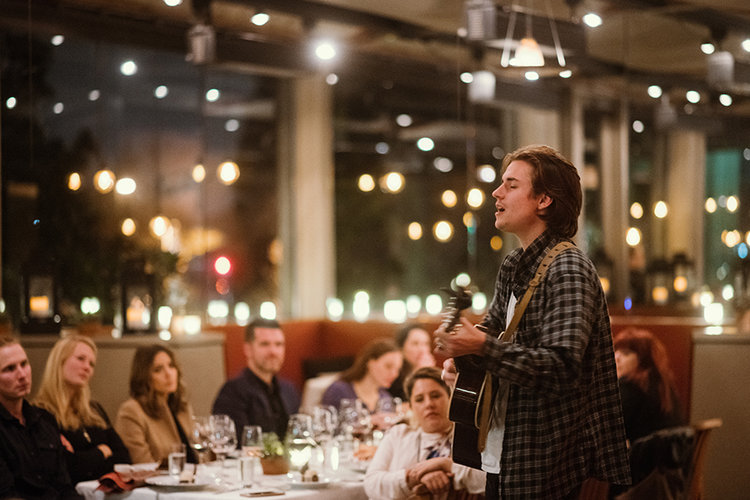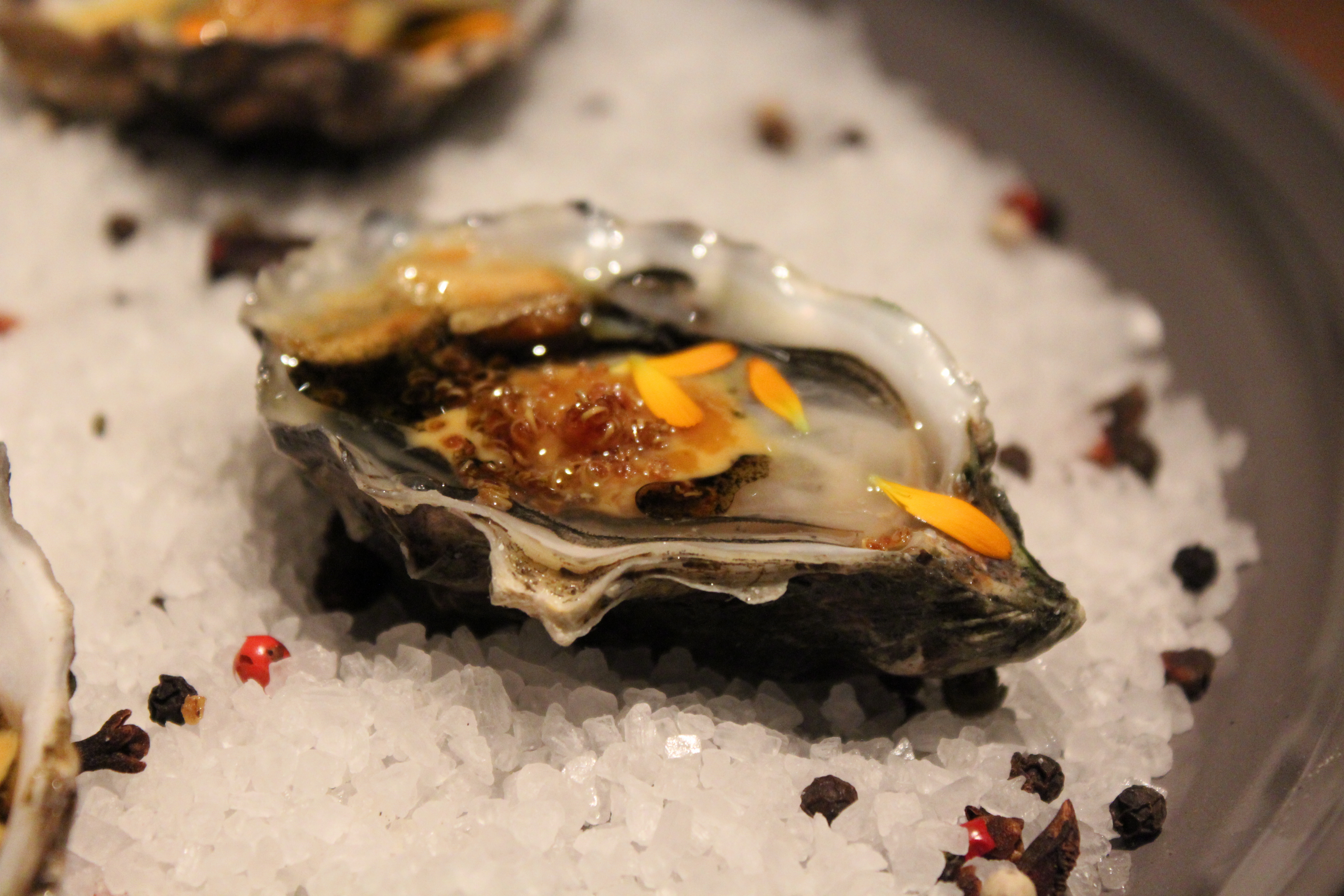It was an ordinary Tuesday and I found that reason enough to wine taste my way through Spain’s Great Match. More than 200 wineries from Spain met in San Francisco’s Metreon to celebrate its 23rd annual event. Regional wines were showcased alongside their latest vintages. Unique and enigmatic wines were paired with culinary treats, including delectable olives and cheese from Spain.

Pictured from left to right Victoria from Cookfor2ish and Melody Fuller of Oakland Wine Festival
Reading the Labels
Before I really started to learn about wine, I would stray away from regions I didn’t know anything about. In the new world, wine labels are explicit and clearly name the varietal, in the old world you rarely find the varietal on the label. I found it to be a little overwhelming so I came up with a cheat sheet to break down the details.
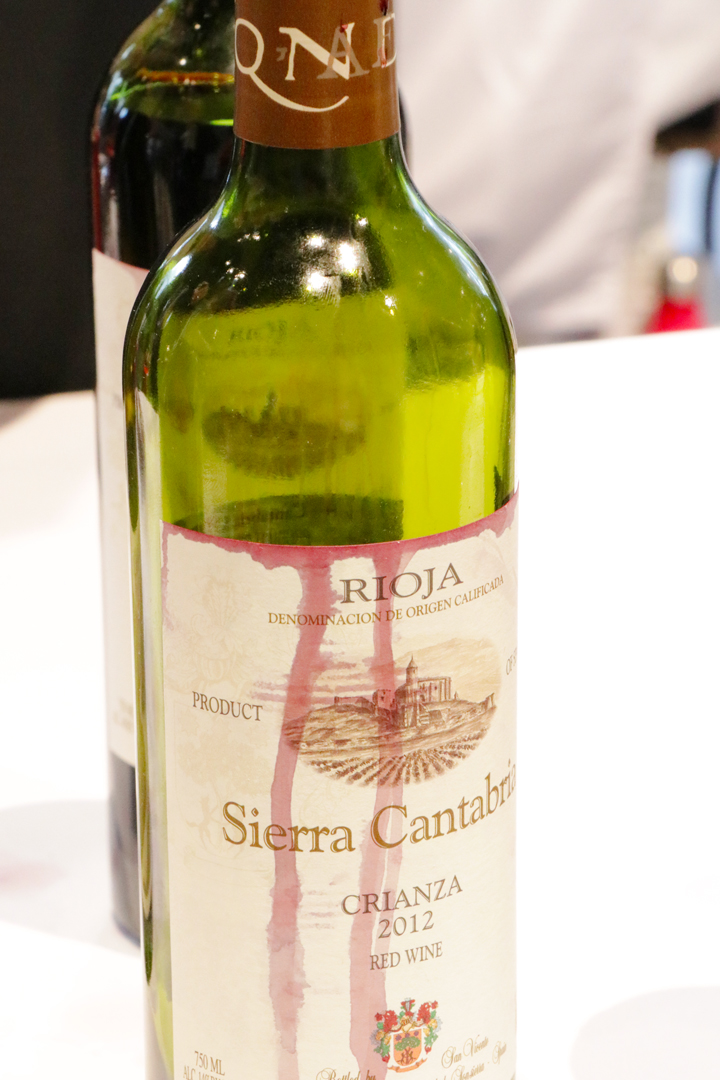
WINE LABEL:
Winery Brand
Producer – Name of Vineyard
Label Name
Year or Vintage (year of harvest)
DO : Designation of Origin – Geographical Area where Grapes were Grown (it could be a small village)
At least for Spanish wines, this method seems to remain somewhat consistent, as long as you know the varietal and where it is grown.
The Seven Wine Regions of Spain
Spain’s Great Match, literally covers wine from across the entire country. The areas are broken down into seven regions and further down into designation of origin.
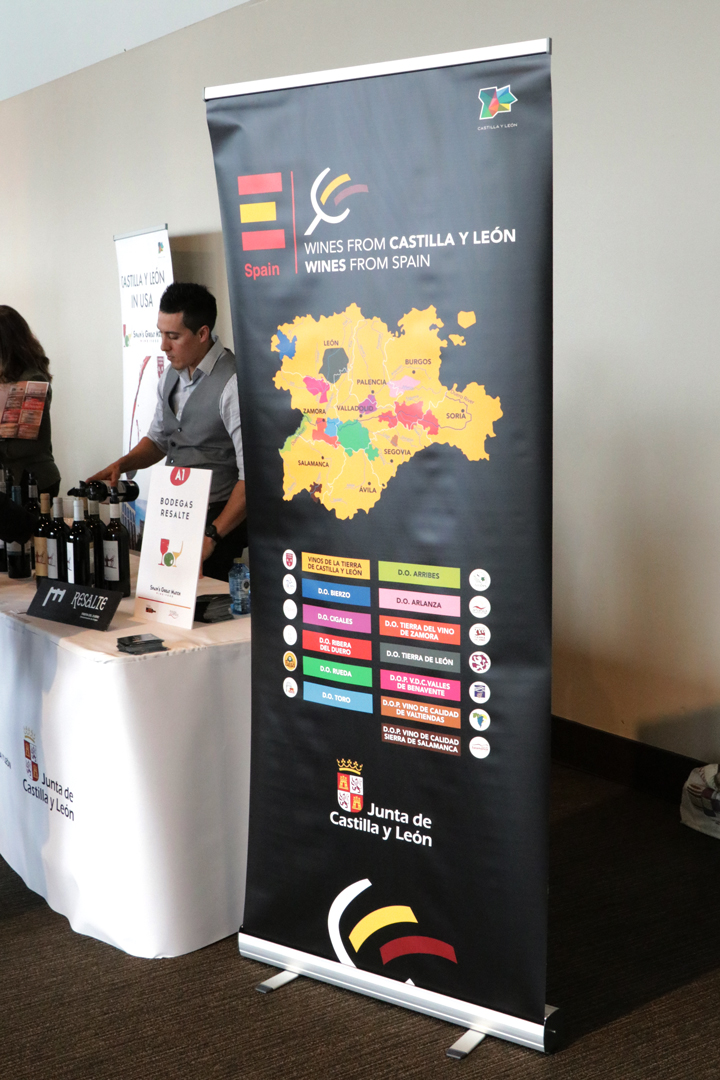
The Seven Regions
Green Spain/ Duero River Valley/ The Mediterranean Coast/ The Meseta/ Ebro River Valley/ Andalucia/ The Islands
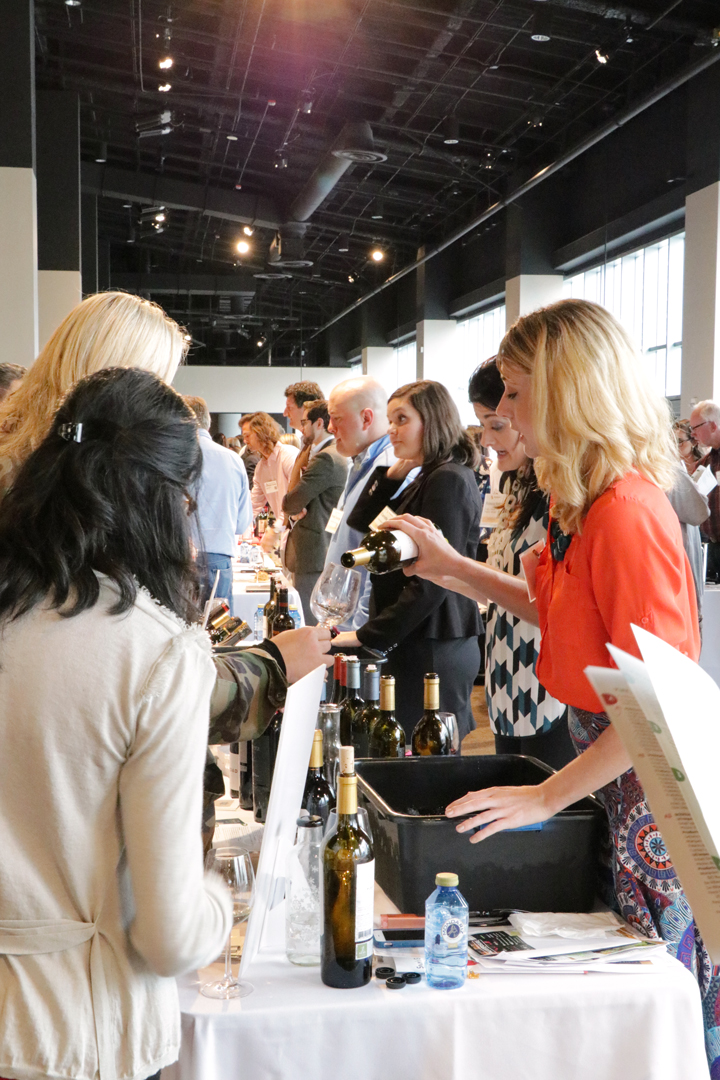
My Favorites
From a large array and extensive tasting booth by booth, I choose my 3 favorite varietals.
Technically, my technique of comparing Spanish varietals to American might not bode well with wine makers, but it’s only for the sake of understanding and learning. When I was new to these regions, I would ask if what I was tasting might be similar to say, a chardonnay. It helped me better grasp a general idea of these new, complex and infinite varietals.
Sorry in advance wine makers, I’m truly trying to bridge the gap between the two worlds for the young wine enthusiast out there!
If I could guess, there were probably around 20 different varietals at this event and only 3 really spoke to me.
Whites:
Albarino: Similar to Chardonnay, fresh, alive, light, with solid acidity that could even be somewhat tropical.
Verdejo: It reminded me of a crisp, non-acidic Sauvignon Blanc. Apricot and peaches on the nose, followed by a weightless taste.
Reds:
Tempranillo: From simple and modest to complex and rich, it immediately made me think of Pinot Noir.
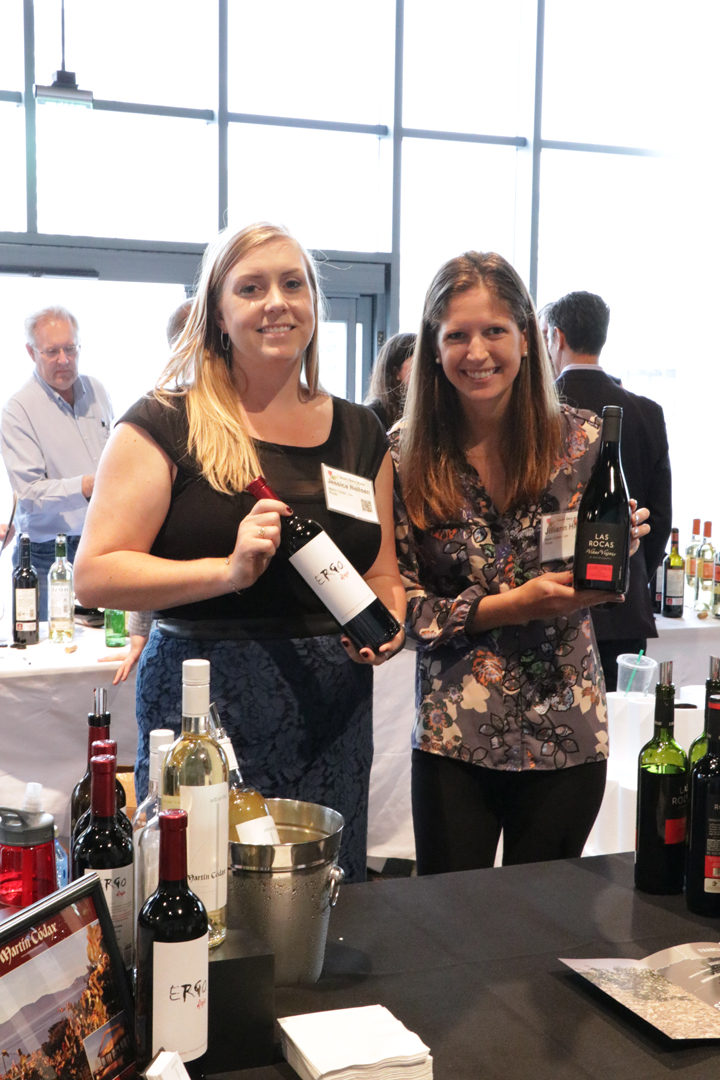
Some of my favorite spanish wines at the match
I won’t say I managed to try all 200 bottles, but I did make it to each table and these were my top picks for this lovely event.
Gran Resalte 2009, DO Ribera del Duero – Tempranillo $79.00 (red)
Dark, intense deep red, perfume, violets, flowers, balanced acidity, electric feeling in your mouth, solid grape flavors and extremely elegant. Superb finish dressed with mild tannins (dry).
Ideal for that special moment or proposal (even meeting the parents).
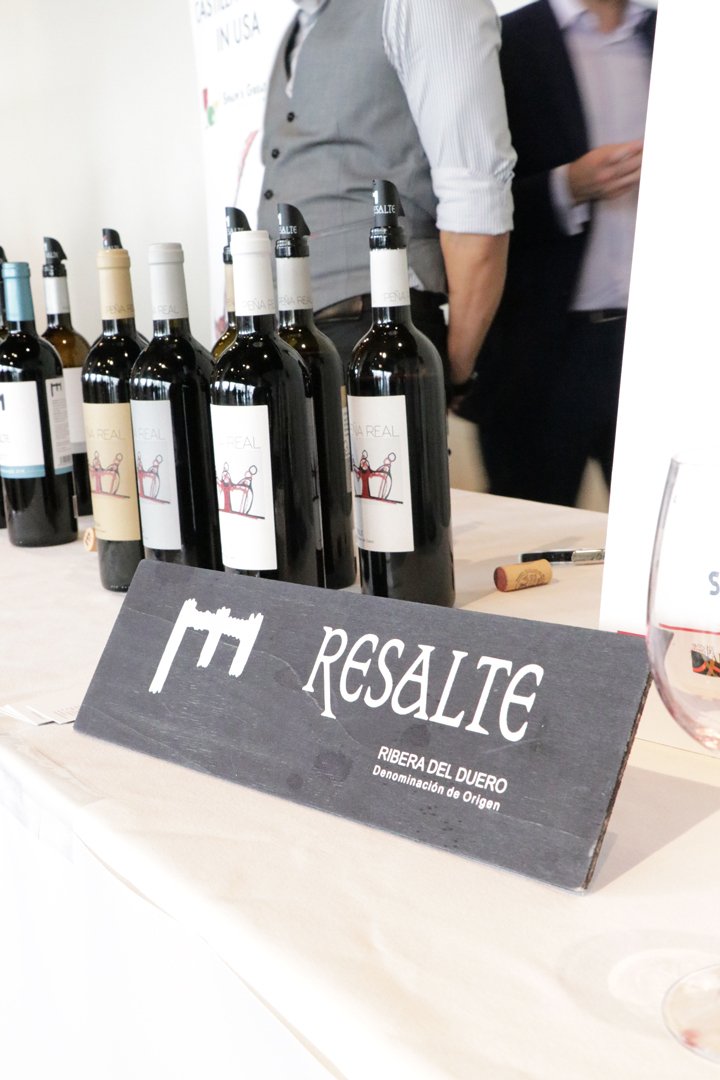
Resalte Crianza 2011, DO Ribera del Duero – Tempranillo $35.00 (red)
Cherry red color and aromas of stone. Wine is intense, vivid, expressive, light, clean, bright and leaves your empty glass filled with powerful black licorice aromas.
Best for hanging with friends and/or enjoying tapas alongside great conversation.
El Coto Imaz Reserva 2010, DO Rioja – Tempranillo $ 19.99 (red)
Oak and pepper blend in the nose. Light, but warm feeling on the tongue that vanishes immediately, leaving you with a “I want another glass sensation”
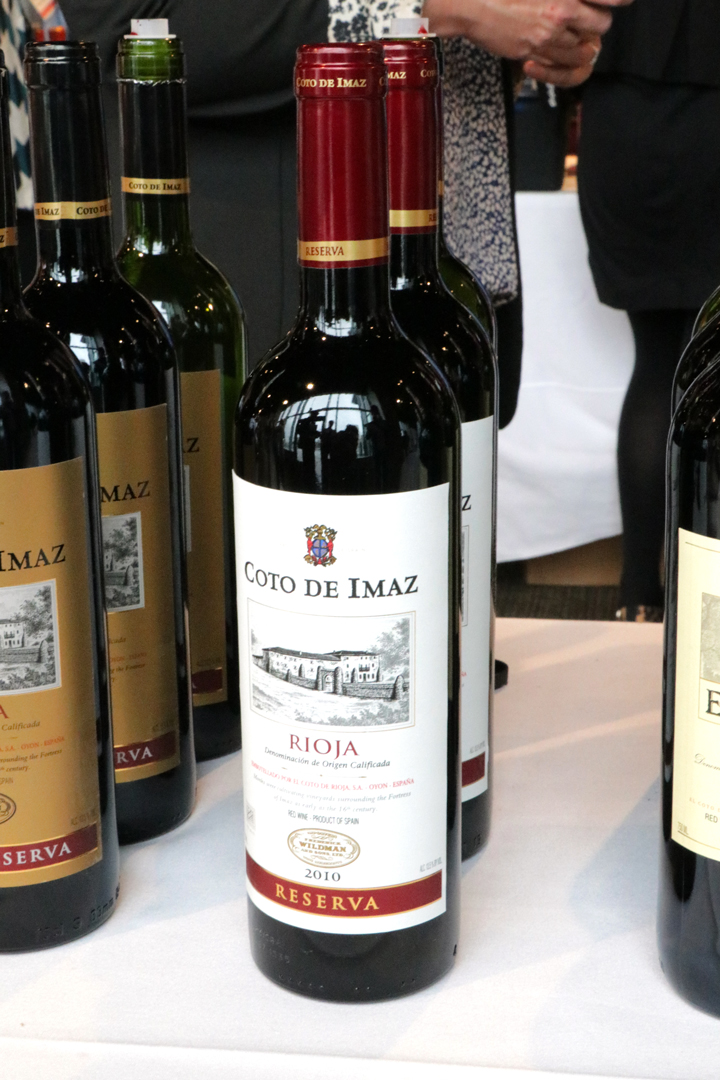
Best for movie day, chilling and/or cool Sunday fun-day afternoons.
Condes de Albarei 2015, DO Rias Baixas – Albarino $ 15.00 (white)
Attractive citric notes on the nose were followed by the saltiness of a oyster fresh out of the sea. Wine was bright yellow in color and finishes with a sense of satisfaction one can only get through experiencing themselves.
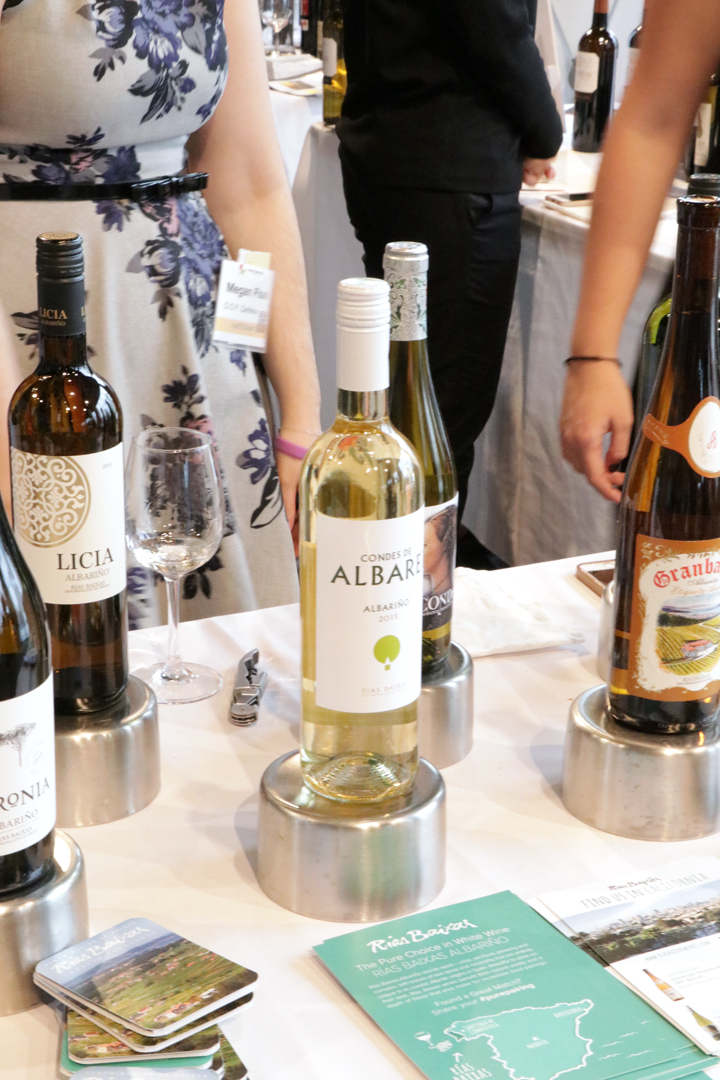
Obviously wine would be paired well with a fresh salad, ceviche or any fresh fish for that matter.
Fun Fact: More than half of the wine makers in this region (Rias Baixas) are women.
De Alberto Premium 2015, Hijos de Alberto Gutierrez DO Rueda – Verdejo $ 14.50 (white)
Stimulating beginning and highly expressive on the nose. Hints of apricot with soft acidity and finishes smooth.
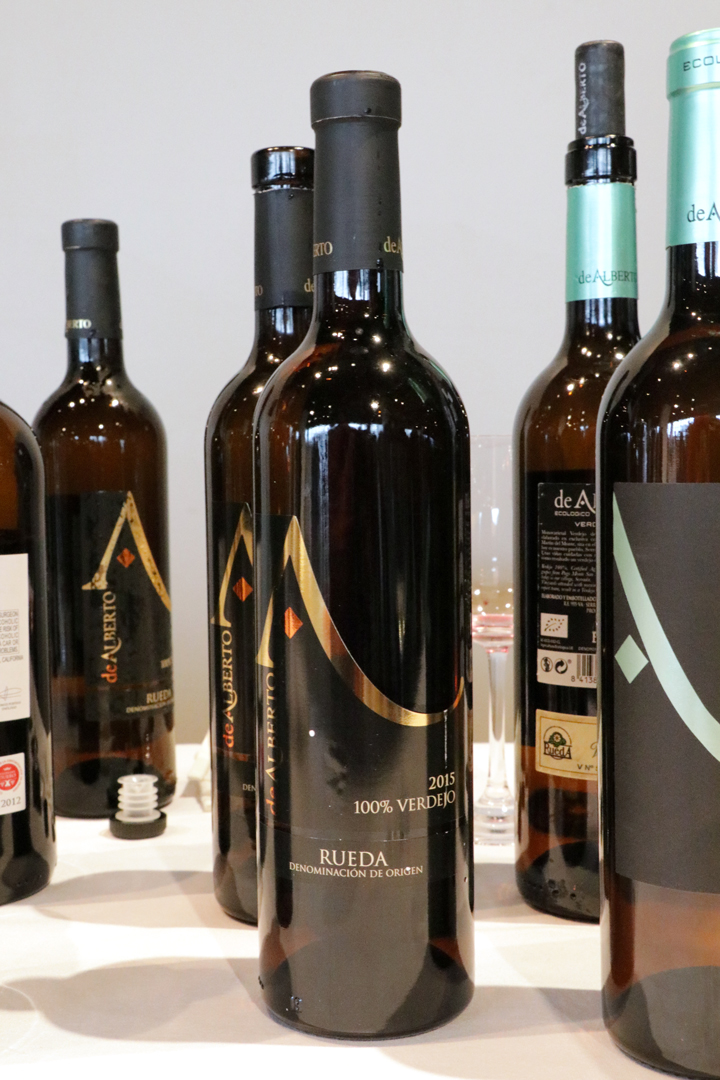
Perfect by the pool on a hot day or a great start to your Sunday brunch.
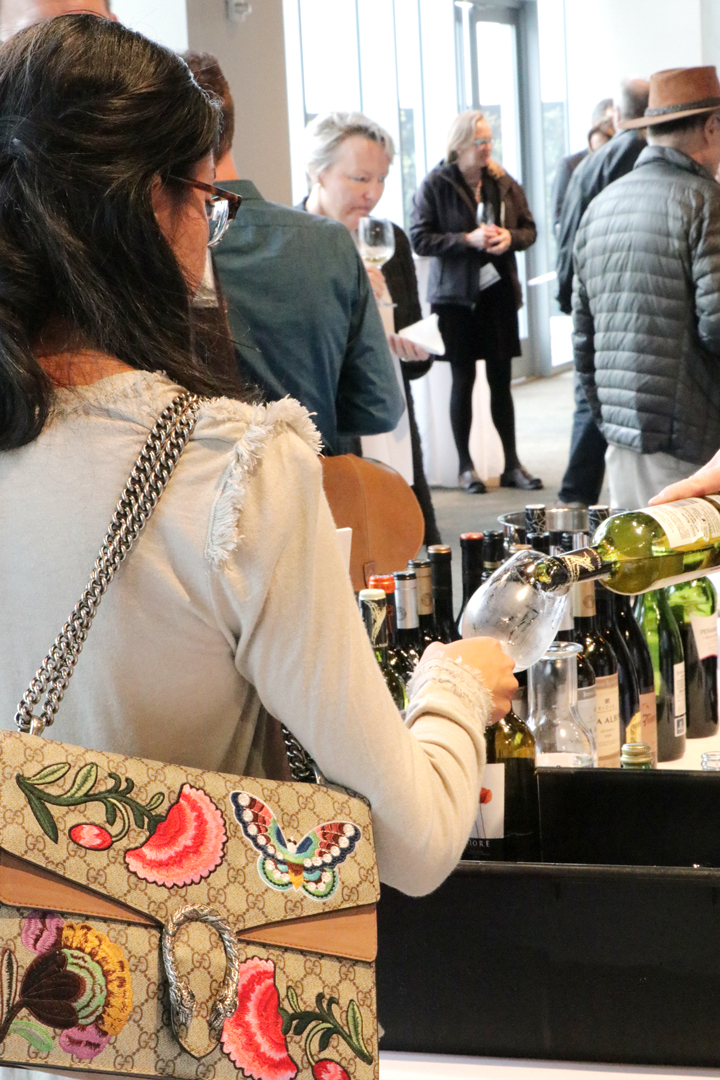
Olives from Spain
I made a few trips to this booth for olives, olives and more olives!
A large portion of olives are used solely for the purpose of oil extraction, while only a select few are deemed suitable enough to be processed and eaten as table olives.
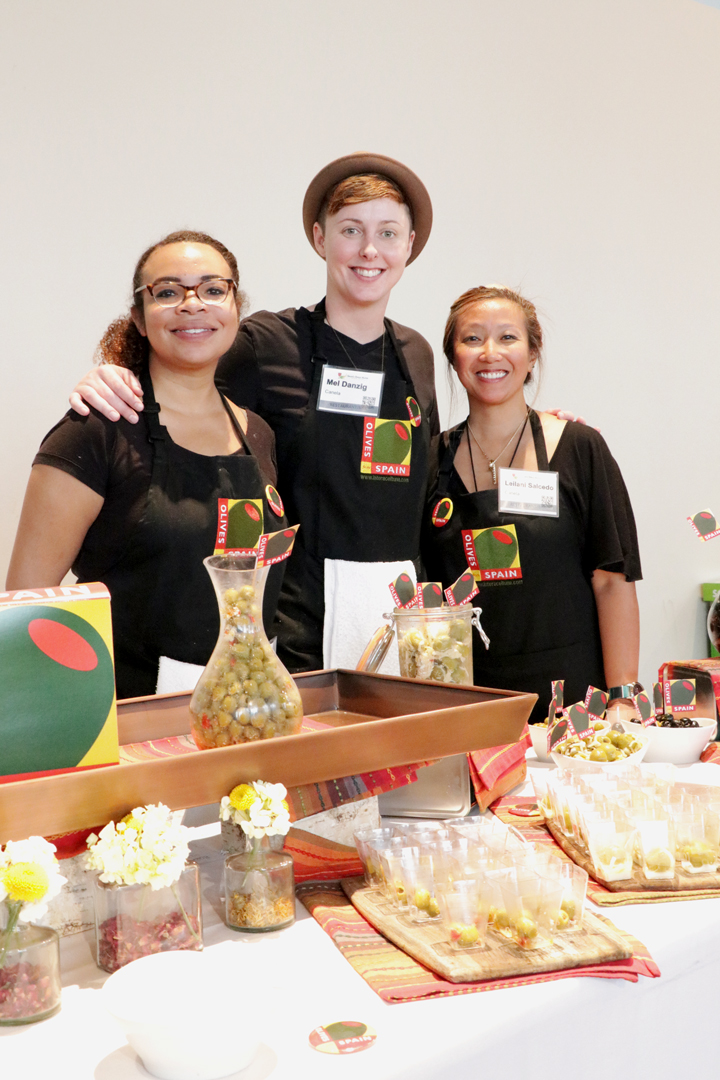
While Olives from Spain are strong and robust all on their own, their unique taste and texture can create more than just an impressive solo act. Thanks to the various types of processing methods used, there’s a wide range of table olives available on the market.
Black Olives:
The Ripe Black Olive is both mild and subdued and has a light, flexible flavor. Black olives are lighter than other snacks, yet big on taste. In fact, seven olives top out at 37 calories.
Green Olives:
The Spanish Green Olive is a year-round favorite. It’s beautiful in color and it’s robust flavor is enough to stand alone. They’re adaptable enough to make any dish even more memorable, bold, sharp, spicy flavor.
Stuffed Olives: Just Add Anything
Almost any food can be combined with this Spanish favorite. Garlic, blue cheese, jalapeños, capers, anchovies, artichokes and more.
It took a lot of self control to not consume every last olive at this event! From garlic, artichokes, pepper and spices, I was sold on them all.
Cheese from Spain
The booth was simple and focused on Spain’s best: Manchego.
Manchego cheese is made from the milk of the Manchega sheep, breed on the center region of Spain, ” La Mancha”.
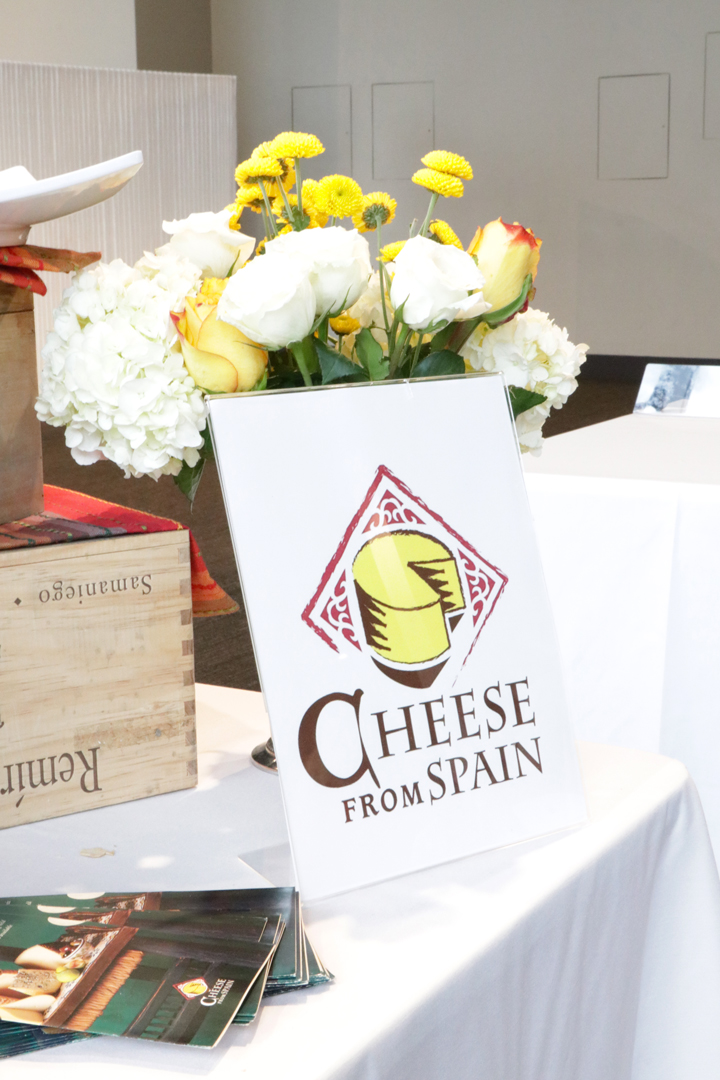
There were 3 types of Manchego; pasteurized (commercial), raw (farm style) and mixed (with cow milk).
The flavors were fruity with a tangy note, with a caramel and nutty after taste. All the cheeses had a distinct acidity and the Manchego sheep’s milk gave a pleasant, unusual aftertaste. The texture is firm and compact.
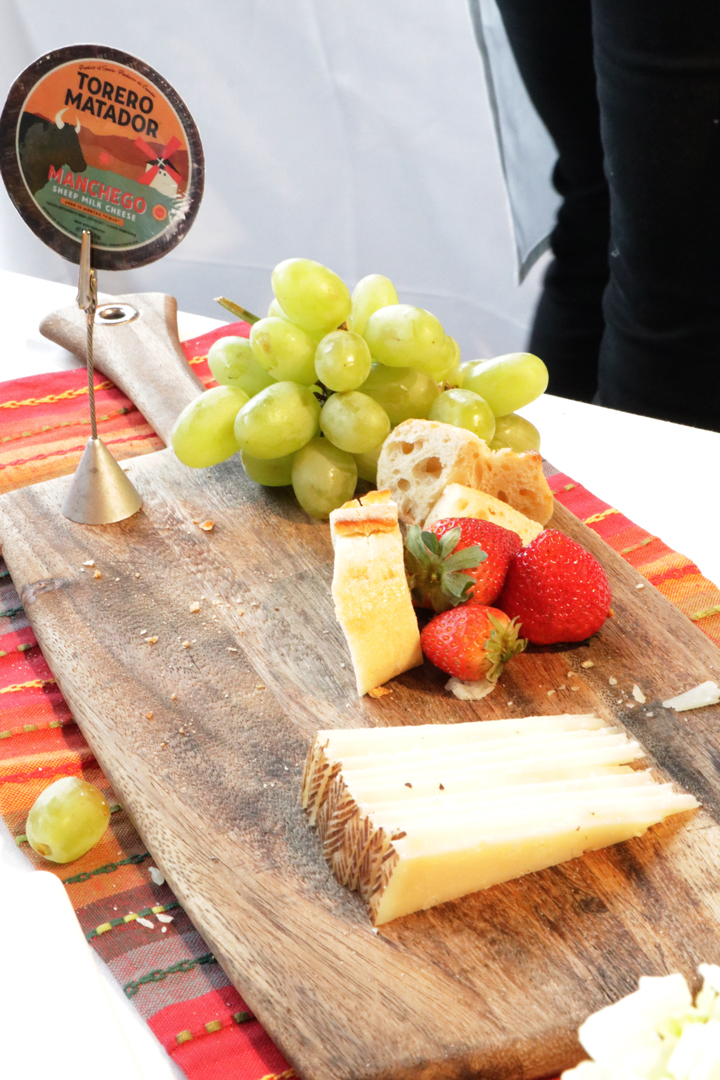
My favorite one was the farm style, when it comes to cheese, pasteurized paranoia doesn’t worry me at all!
Olive Oil From Spain
This event couldn’t be complete without the olive oil! There were several bottles from many producers perfectly lined up; spicy ones, fragrant, and dipping only. Too many to taste them all in one visit (Especially when you have a fresh baguette as the main tasting tool).
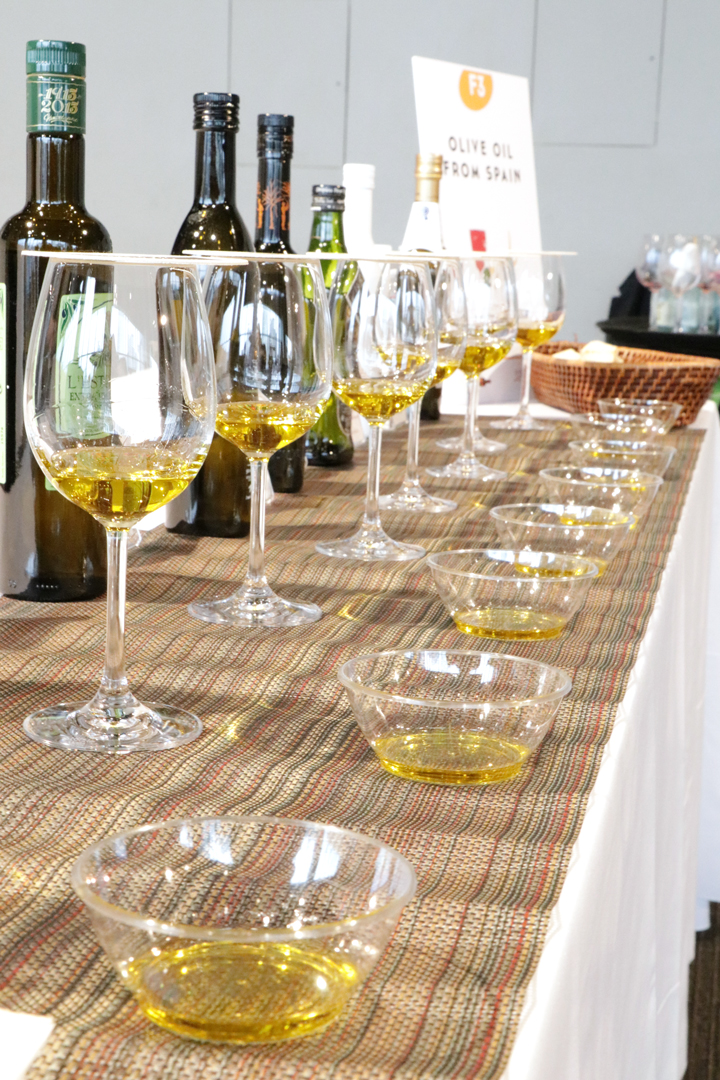
I’m a fan of strong ones, my favorite from all: Castillo de Canena; 100% from the “Picual” olive variety. The oil had a medium body, soft texture, sweet/buttery taste, at the end a strong peppery kick that gave me an extra savory bonus .
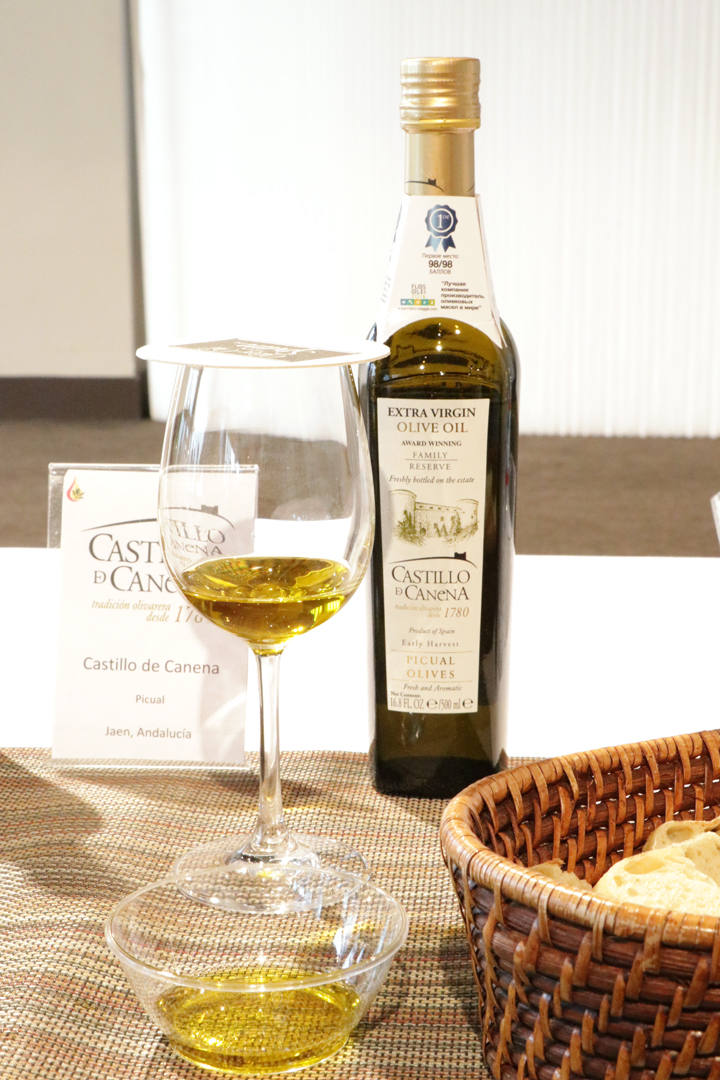
Spains Great Match
Overall, this event was really eye opening to how many beautiful and eclectic types of wine Spain has to offer. The wines were a refreshing taste of something new for me.
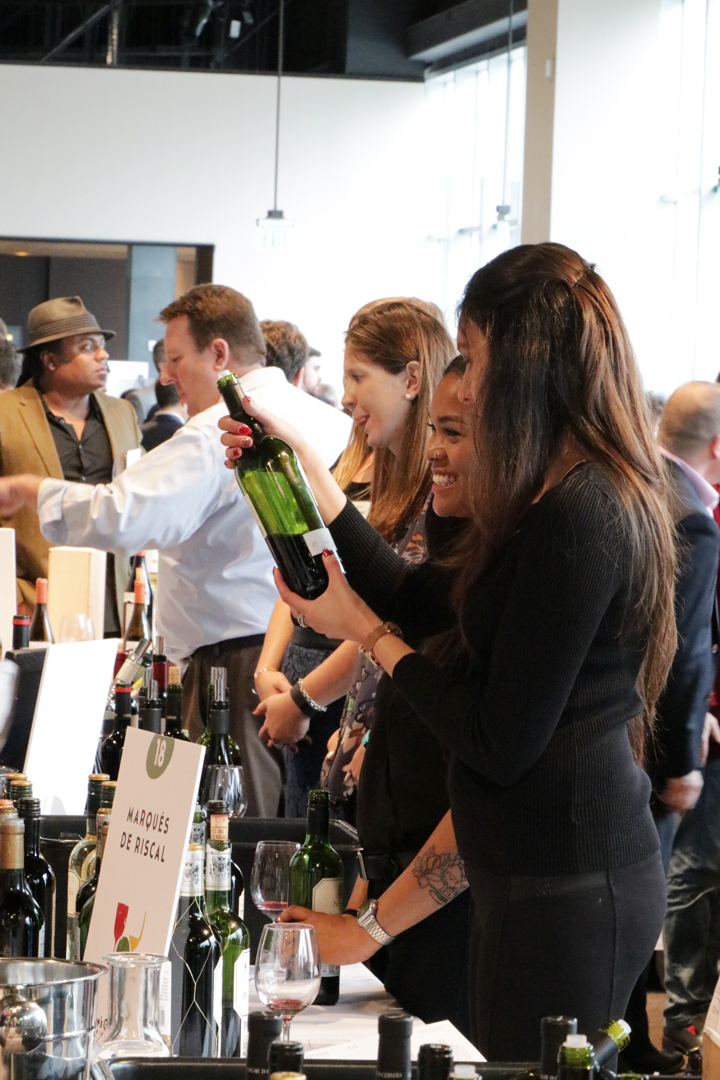
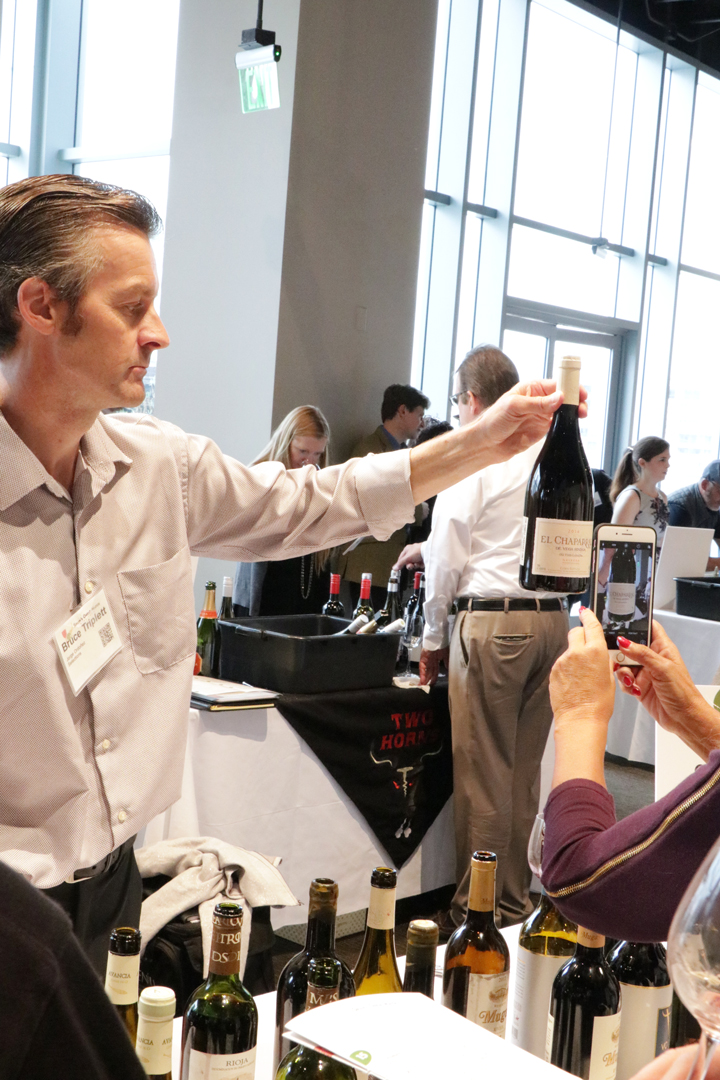
Thank you to the organizers, sponsors, venders and all the individual people who made this great event possible for so many years. I look forward to attending again next year.


